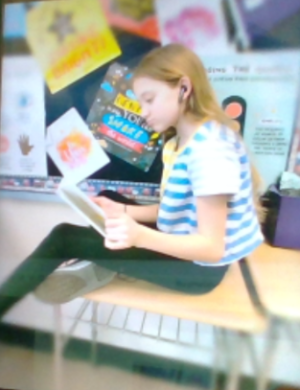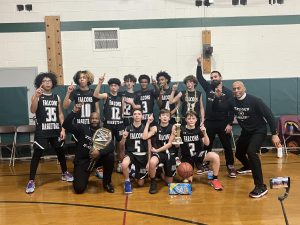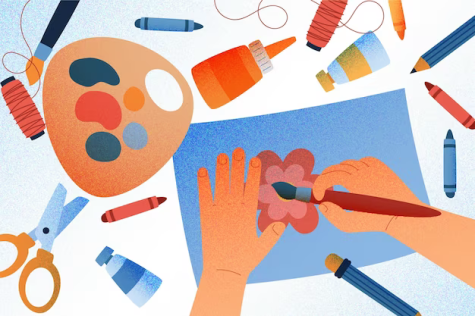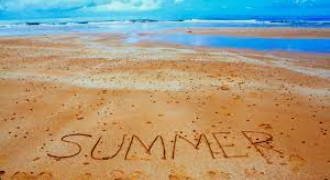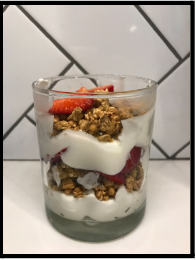Bonfires, Ghosts, and Hallows Eve
October 18, 2018
Halloween is the holiday of going door-to-door dressed up in some sort of mask or costume and asking neighbors for candy. But who came up with that? And who came up with all the other traditions? Like bobbing for apples or dressing up in costumes? Halloween came to America in the 1800s, but has been modified a little since then. It all is traced back to a Christian Celtic festival that was held around the beginning of November.
Halloween can be traced back 2,000 years to a festival called Samhain which means “summer’s end”. Samhain was an annual meeting at the end of the harvest year. But it was also thought of a time to commune with the dead. The Celtic people thought that at this time of year, the barrier between life and death was at its thinnest. They also thought that the spirits of the dead could come back at Samhain and destroy their crops and cause trouble, so this was the time for people to light bonfires and ward off ghosts wearing costumes made out of animal heads and skin. The Celtics who took part in Samhain resided in Ireland, Scotland, and Welsh, but during the potato famine, many immigrated to America, bringing the holiday spirit with them.
Did you know trick or treating didn’t even come to America until World War II? On Samhain, people would wear disguises so the deceased could not recognize them, and the disguises would double as costumes for plays or skits they would perform. Poor Celtic people would go door to door offering prayers for the dead in exchange for food. Of course nowadays the “trick” part of “trick or treat” is not really something to worry about, but when the Irish immigrants first brought this holiday to America, the tricks were something to worry about. Instead of collecting candy on this day, children would go around, removing fence gates so that their neighbors’ animals would get out, and tipping over their neighbors outhouses. Eventually, these pranks turned worse, and parents coaxed their children to ask for a treat, instead of pulling pranks, which the community happily encouraged.
Another well-known activity is bobbing for apples, which is not played so often now, but was popular back at the time of the blossoming holiday of Halloween. The game here was that people would put their hands behind their back and plunge their heads into a tub of water with apples floating on top. Whoever got an apple and brought it up only using their mouth won and was said that they would be the first to marry.
All in all, Halloween is a holiday that has much history, and is enjoyed by many when each year comes. Of course costumes and rituals are much different than when the holiday was first celebrated years ago, but the foundation of the aspects are still able to come through the new ideas. And remember, Halloween is not just the best time to get a sugar high, it’s also about warding off ghosts from destroying your crops.
Works Cited
“Halloween History.” National Geographic, 2007, www.youtube.com/watch?v=R-VRAemIvbI.
“History of Halloween.” History.com, A&E Television Networks, www.history.com/topics/halloween/history-of-halloween.
Radford, Benjamin. “History of Halloween.” LiveScience, Purch, 18 Sept. 2017, www.livescience.com/40596-history-of-halloween.html.
Readingthroughhistor, director. YouTube. YouTube, YouTube, 30 Aug. 2015, www.youtube.com/watch?v=1GwSgtPLnpk.

